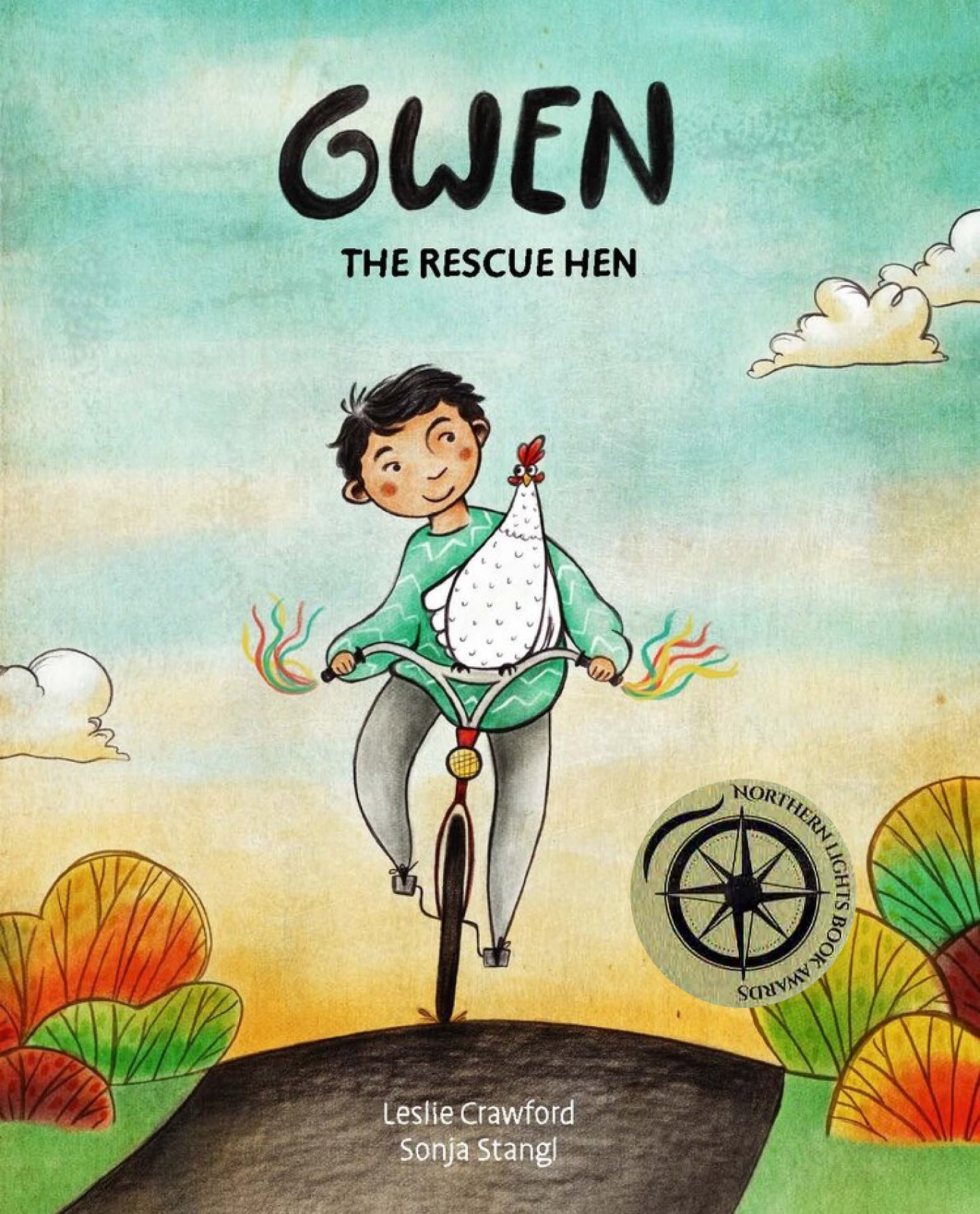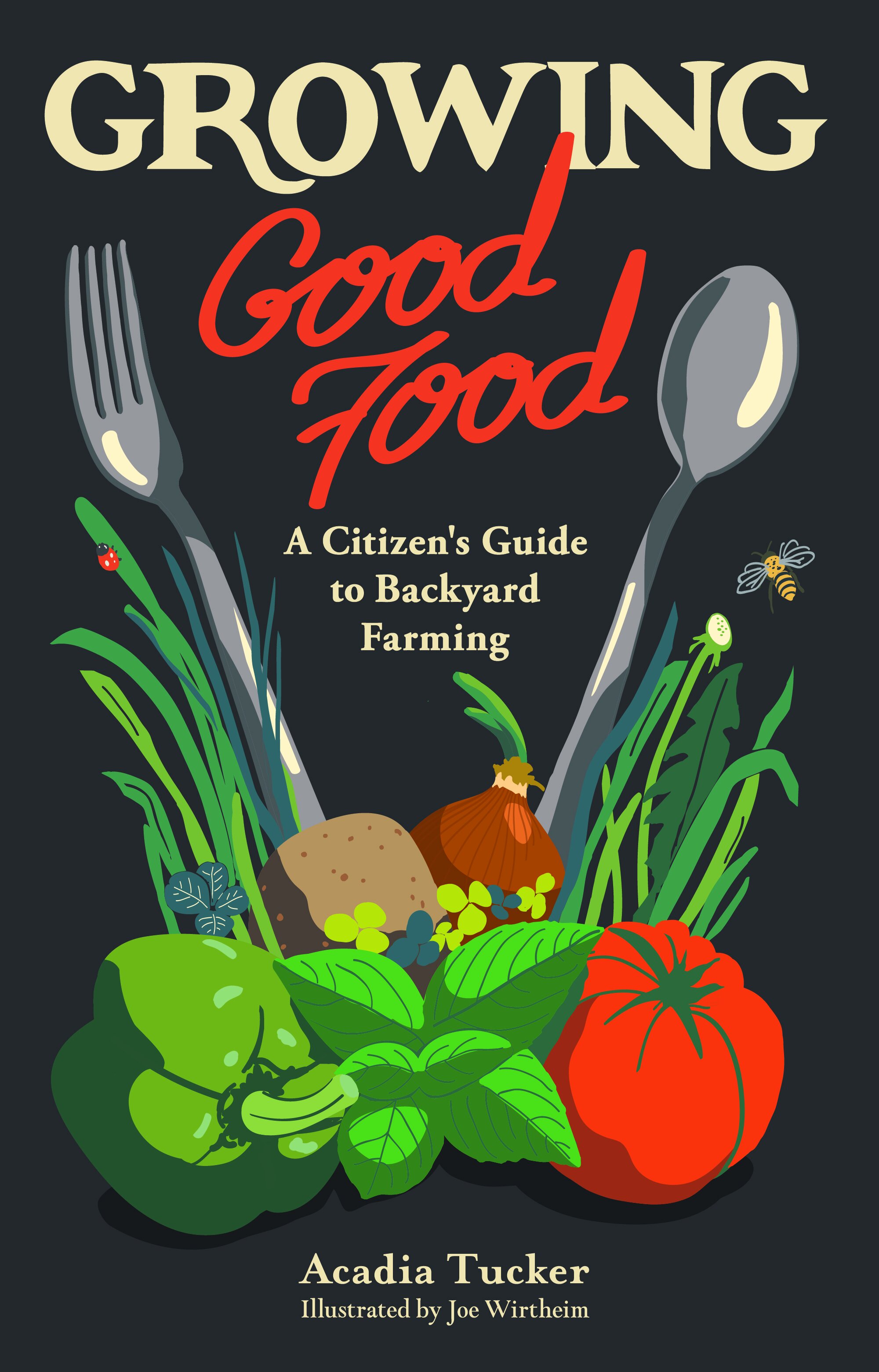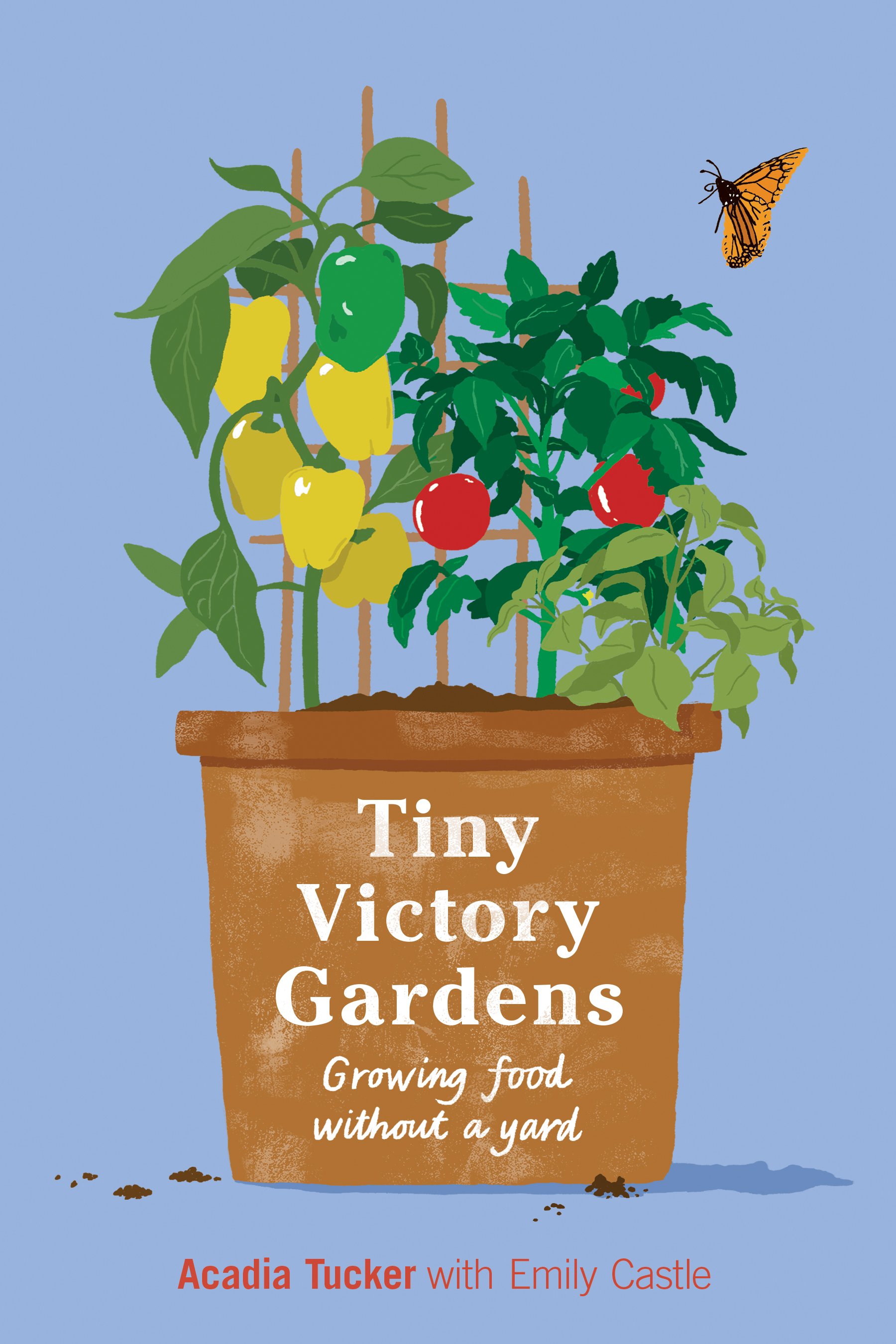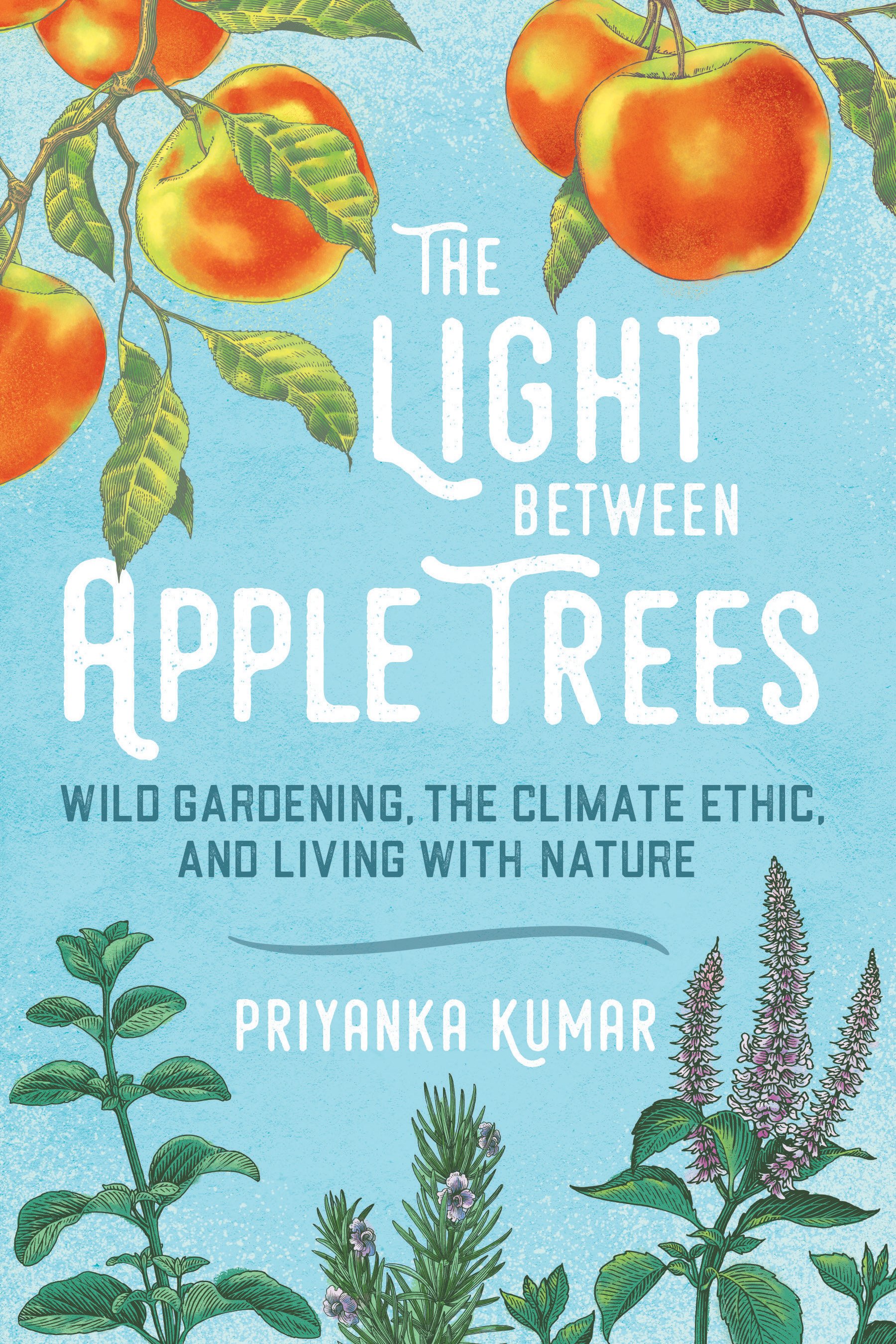Grow food not lawns
The organization Food Not Lawns helps members uncover places around their home they might never have considered growing vegetables. (Source: Food not lawns)
Foodscaping is a thing. Just ask Long Island resident Penny Schwartz who recently agreed to let Lawn Island Farms, which is run by the husband-wife team Jim and Rosette Basiima Adams, turn her front yard into a mini-farm. “It’s called foodscaping,” Schwartz told The New York Times. “It’s really getting people to understand that lawns are really environmental energy suckers, for lack of a better word.”
“There’s 40.5 million acres of lawn in the US and kids are going hungry.”
She’s among the growing number of Americans who are tired of using their yards for more than growing and mowing grass. Nearly a third of Americans raise fruit and vegetables at home, according to a 2009 report by the National Gardening Association. And in 2014, that same group found the number of edible gardens had grown since the earlier report by 17 percent.
Helping accelerate the conversion of thirsty, fossil-fueled lawns into mini-farms are small businesses like Lawn Island Farms, and volunteer organizations, including Farm-A-Yard, Fleet Farming, and the 20-year-old Food Not Lawns, that have put down roots in towns across the country.
The vast majority of American lawns suck up water, herbicides, and time. A number of organizations are helping home-owners who’d rather make good use of that space grow their own vegetables.
The business model is simple: Turn over your lawn to folks who’ll use it to grow food and in return you get free produce and the satisfaction of providing the leftover produce to your community. Plus you’re doing something good for the environment.
“There’s 40.5 million acres of lawn in the US and kids are going hungry,” says Farm-A-Yard founder Linda Borghi. “We use 40 percent of our potable water on the East Coast just to water lawns! Grass is the largest cultivated crop in the country...and last I checked, humans can’t eat grass.”
Takeaway: Interested in joining the yard-to-farm movement? Farm-A-Yard offers a guide to getting started. Stone Pier Press is developing its own climate-friendly guide to growing food for beginners. Stay tuned!
Read more: The NY Times and Earth Island Journal










